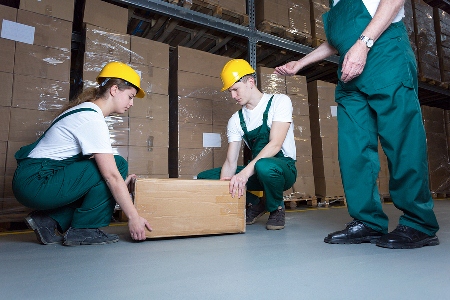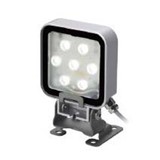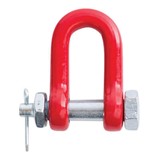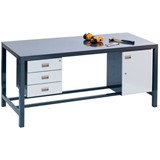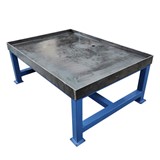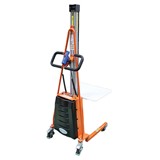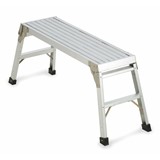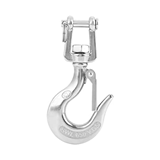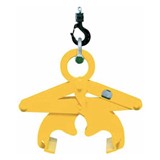Mechanical aids should be utilised as often as possible, with dollies, forklifts, wheel barrows and more helping lighten the load and protect workers' health.
When human power is required, though, the following tips for lifting heavy objects are essential in avoiding injuries.
Create a plan
Prior to ever bending a knee, a plan needs to be established. Workers need to know where the items will go, if the route and subsequent storage location is clear, if there are doors that need to be opened and if a suitable resting point is available along the route should one be necessary.
Workers also need to assess the weight of the items to be moved and be certain it is within their functional abilities. The plan may include stretching and warming up muscles before attempting a project.
Keep your friends close, and your objects closer

Even if a pair or team of lifters is involved, each individual needs to take responsibility for their own corner of the job. Whenever possible, elbows should be kept tucked in next to the body with the object as close to the torso as possible.
As objects extend from the body their relative weight increases exponentially. A person should lift only about 20 per cent of their normal capacity when an object is held away from the body; extending objects increases leverage and stress on the back and shoulders.
Lift with your legs
While this simple back-saving technique has been bellowed for decades, workers still get in a hurry and bend over instead of squatting to lift heavy loads.
Feet should be shoulder width apart, one foot slightly in front of the other. Keep your head up, shoulders back and a straight spine. The bend should come from the knees and hips, not the back.
Drop in the bucket
Loose items should not be carried as an unorganised mass. Unexpected shifting can result in an item being dropped, posing a risk of injury.
Instead, place items in a bucket with a handle. When possible, utilise two buckets with similar weight on both sides.
Shelve it
Moving heavy objects from floor height places additional stress on the back and knees. If items can be stored in the mid-thigh to mid-chest range, stress and the risk of injury decreases.
If items are to be moved twice, or a break is needed while transporting items, use tables or shelves that minimise lifting or lowering objects.
Don't twist and shout
A straight back can absorb weight much better than one that is bent or sideways.
Instead of twisting the back to move objects in a different direction, turn by moving the feet. It will save stress on the spine and reduce the potential of injury to the small muscles in the lower back.
Deconsolidate and balance
Instead of lifting a bundle of objects, break loads of goods into lighter allotments. For example, canned goods may come with four cases bundled into a larger unit. Moving one or two cases at a time will put significantly less stress on the body than moving all four at once.
It is also preferable to diffuse a load into equal weight on both arms instead of placing a heavy amount over one shoulder.
It is impossible to remove all threat of injury, but following these tips when lifting heavy objects will certainly mitigate the risk.

